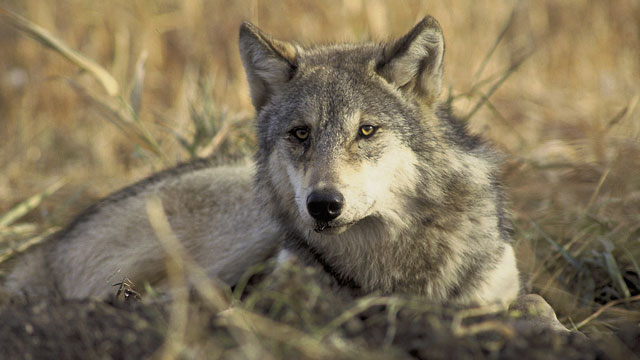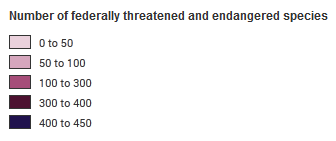Saturday is the 40th anniversary of the creation of the Endangered Species Act. President Richard Nixon signed it into law on December 28, 1973, saying, “Nothing is more priceless and more worthy of preservation than the rich array of animal life with which our country has been blessed.”

There are now 2,145 plants and animals on the list. There have been 58 de-listed: 30 that recovered, 10 that went extinct and the balance removed for data errors or changes. Its supporters credit it with protecting species like bald eagles, alligators and California condors. Its detractors criticize it for impinging on private property rights.
Here in California, 317 species are protected by the federal Endangered Species Act. (We have a state list, too.) That’s second only to Hawaii in number of species.
Endangered Species By State
 Zoom out to see Alaska, Hawaii and Puerto Rico. Hawaii is an outlier with 431 listed species. Data come from The U.S. Fish and Wildlife Service’s list of species in each state based on the published historic range and population data for the species. That means the list includes species that no longer live in a state, but once did (grizzlies in California, for instance).
Zoom out to see Alaska, Hawaii and Puerto Rico. Hawaii is an outlier with 431 listed species. Data come from The U.S. Fish and Wildlife Service’s list of species in each state based on the published historic range and population data for the species. That means the list includes species that no longer live in a state, but once did (grizzlies in California, for instance).